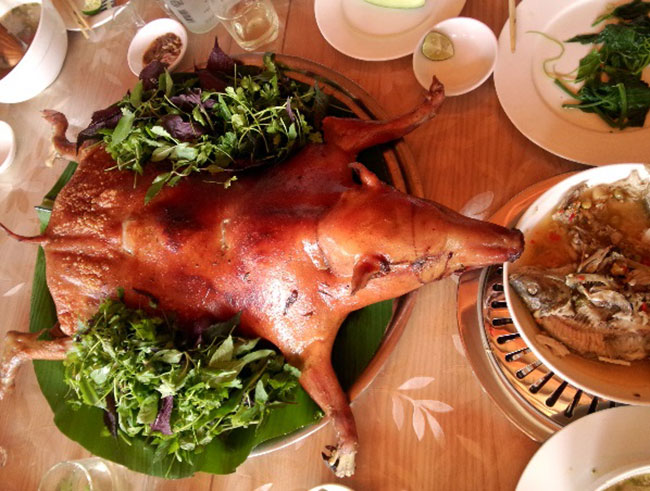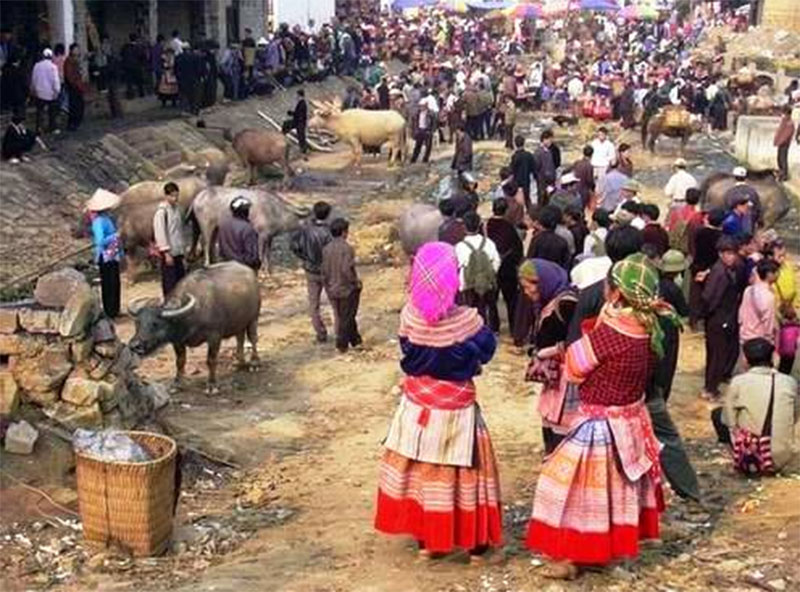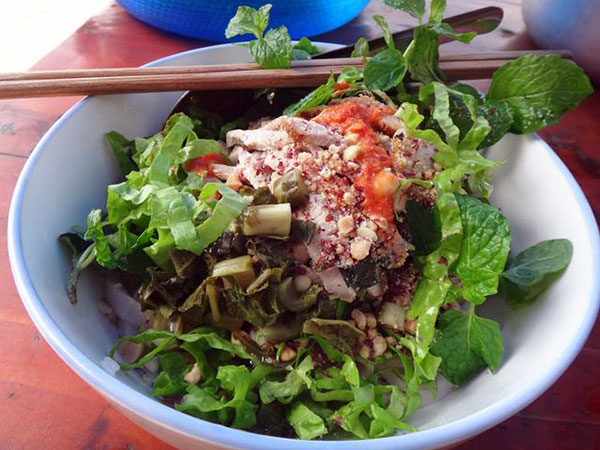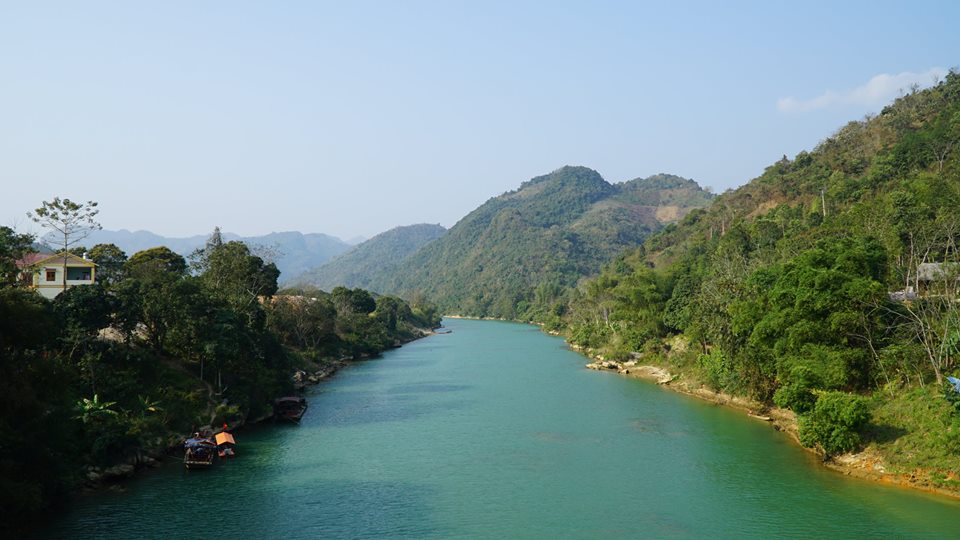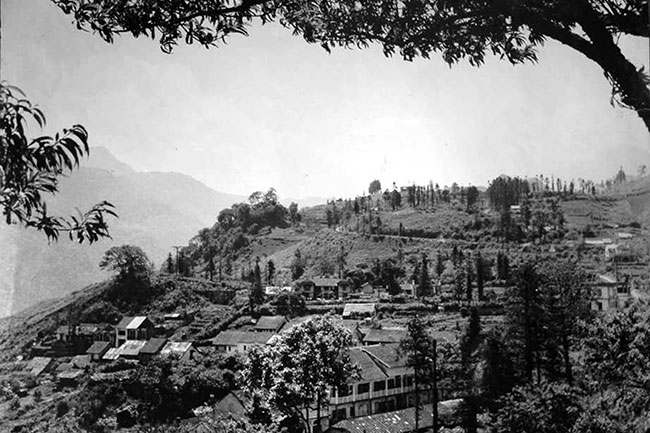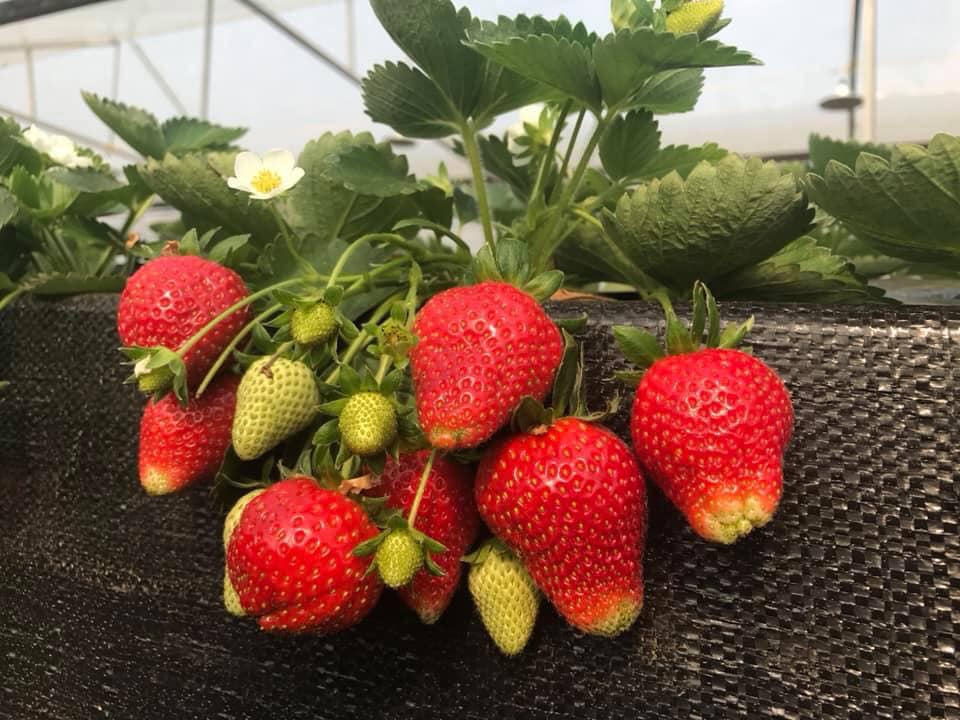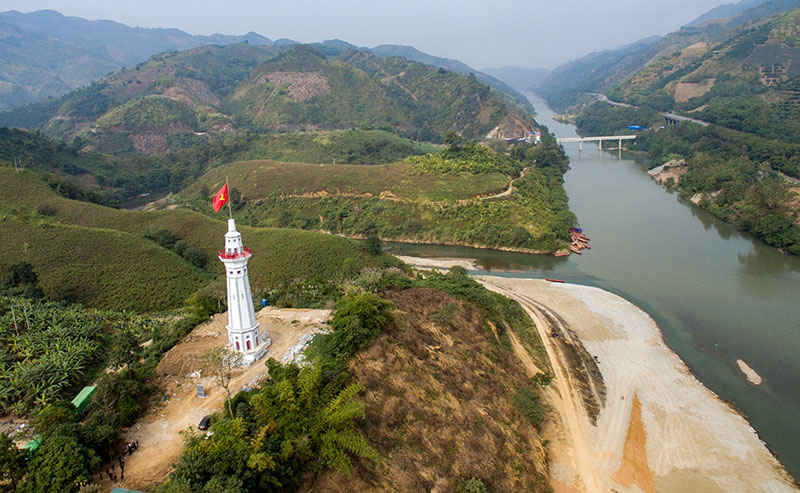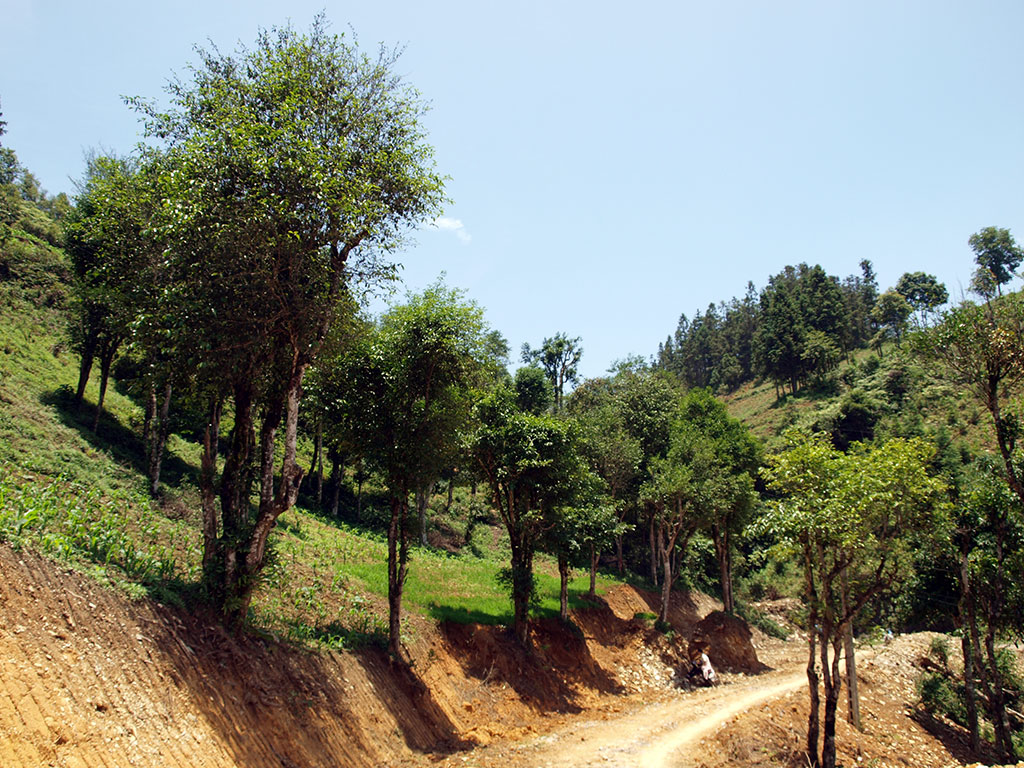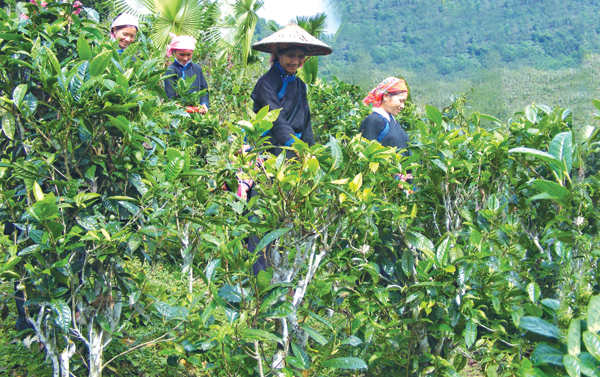X
Tet of Giay people
The New Year of the Giay coincides with the Lunar New Year of the Kinh but still has its own unique features, which are reflected in the rituals and customs of welcoming the New Year and especially the cuisine during the New Year.
Every December 15th. The Giay people have a saying "si sep ha, si soi diligently" which means that the 15th day cake is a day cake waiting for Tet. On this day, every family pounded banh day to offer sacrifices to ancestors for the coming new year. In addition, Giay people also have Tet of Mr. Cong and Mr. Apple as the tradition of the Vietnamese people, but it is simpler than just offering white float cake without fruit, no carp, but also warm enough of the atmosphere of the upcoming New Year. .
During the Lunar New Year, the Giay people are quite picky and have many taboos. After making all kinds of cakes and cleaning to display them on the ancestral altar, from the afternoon of the 30th of the New Year, everyone washes clean, changes clothes to prepare for Tet. The Giay people in Lao Cai have the custom of staying up all night on the 30th of New Year to welcome their grandparents and ancestors. From the evening of the 30th New Year, incense and candles are lit and kept continuously until the golden ceremony is completed. Like many other ethnic groups, the Giay also have the custom of welcoming ancestors' souls back before New Year's Eve and offering gold offerings to see them off to heaven. However, instead of families choosing the appropriate gilding date, the Giay people turn to gold according to the fixed date of the family. Some people hold a ceremony to turn gold on the afternoon of January 1, like the Hoang and Nong family, and some other families like the Sam (San) family until the third day of the ceremony. Explaining this difference, the village elders and chiefs said that in the past, each family had to send people to take turns guarding the border region, so the first people could go home to celebrate Tet first, the later people came back to celebrate Tet. later.
Another unique feature in the New Year's ritual of the Giay is the Festival to the field. The Giay people, when they go to the fields on the Dragon day of the new year, they will be sprayed with rain by the dragon to keep the rice fields lush and free from drought. If the first Dragon day of the year coincides with the New Year's day, the festival will be postponed to the next Dragon day. Each family in the village prepares an offering tray consisting of pork, chicken, banh xeo, buns, and flowers to put in the field, where the ceremony is held. Here, everyone will burn incense and pray for the new year. favorable rain and wind, bountiful crops, prosperous life.
The altar New Year's Day of the Giay (photo: Kim Anh)
Tet of the Mong people in Sapa
According to the Hmong Tet tradition, which takes place from the 25th of December (according to the Hmong calendar), is the time when people bring offerings to "repay" to doctors, Khen teachers, and shamans to show their gratitude. However, today most of the Mong people celebrate the Lunar New Year like the Kinh, except for a small part, they still maintain the Tet holiday according to their own calendar system.
On December 25 and 26, the Mong people begin to rest to prepare for Tet. Once there, they red-papered all the tools of production, implying that the tools also rested. The corn mill must also be disassembled.
Previously, the Mong people did not pack banh chung. Now it's wrapped, but banh chung is not necessarily included in their Tet feast. Indispensable dishes on New Year's Day are kitchen meat, men men, broccoli, roasted peppers to make salt in the meal... Mong people do not celebrate New Year's Eve. For them, the first rooster crowing in the early morning of the first day is the new year marking the beginning of a new year. On the morning of the 1st, everyone went straight to sleep without being woken up. The Hmong believe that this is the first sleep of the year, if you are woken up while sleeping, it means calling for insects, the whole year, the crops will fail.
The 2nd day is the day when the Mong ethnic people perform the "New Year prostration" ritual. For daughters who get married and those who adopt adoptive parents, Tet is an occasion to repay their biological and adoptive parents. In the first three years when returning to her husband's house, every year on the 2nd day of the Lunar New Year, the daughter will be brought back by her parents-in-law to "pay respects" to her biological parents. They believe that if a girl does not bow to the New Year, it is not correct procedure, giving birth to children will not be favorable.
The first festival of the Mong people is Gau Tao Festival. Each year, a family in the village will be assigned to host the festival to organize Tet festival for the whole village. Starting on December 26, the celebrant will cut down a large apricot tree or big bamboo tree, cut off the branches, leave only the branches at the top nine points, and then bring them to a pre-selected field and put them down as a signal to everyone. This is where the New Year's festival takes place. In addition to the ritual part, there are folk games such as pushing sticks, tickling, singing love songs, dancing trumpets.
Spring day on Mong village (photo: Huy Trung)
Red Dao People's Day
For the Dao, votive paper to worship ancestors on New Year's Day cannot be bought from the market, but must be made by hand after being stamped by the head of the family with the family seal. On New Year's Eve, family members all have to shower and wear beautiful clothes to worship ancestors. They lined up in front of the altar, the eldest son who had been granted a decree presided over the ceremony. After burning incense, each person takes a sip of water to offer, showing the custom of ancestors giving blessings. At midnight, together they beat drums, gongs, and gongs to drive away evil spirits from the house. The Dao people also have the custom of going to the New Year to pick good luck. Right on New Year's Eve, family
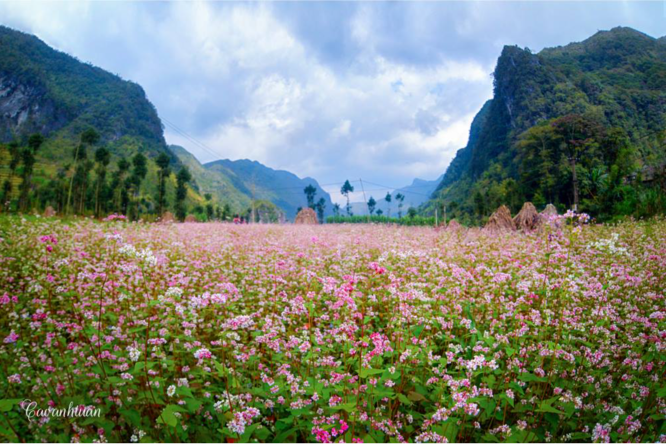
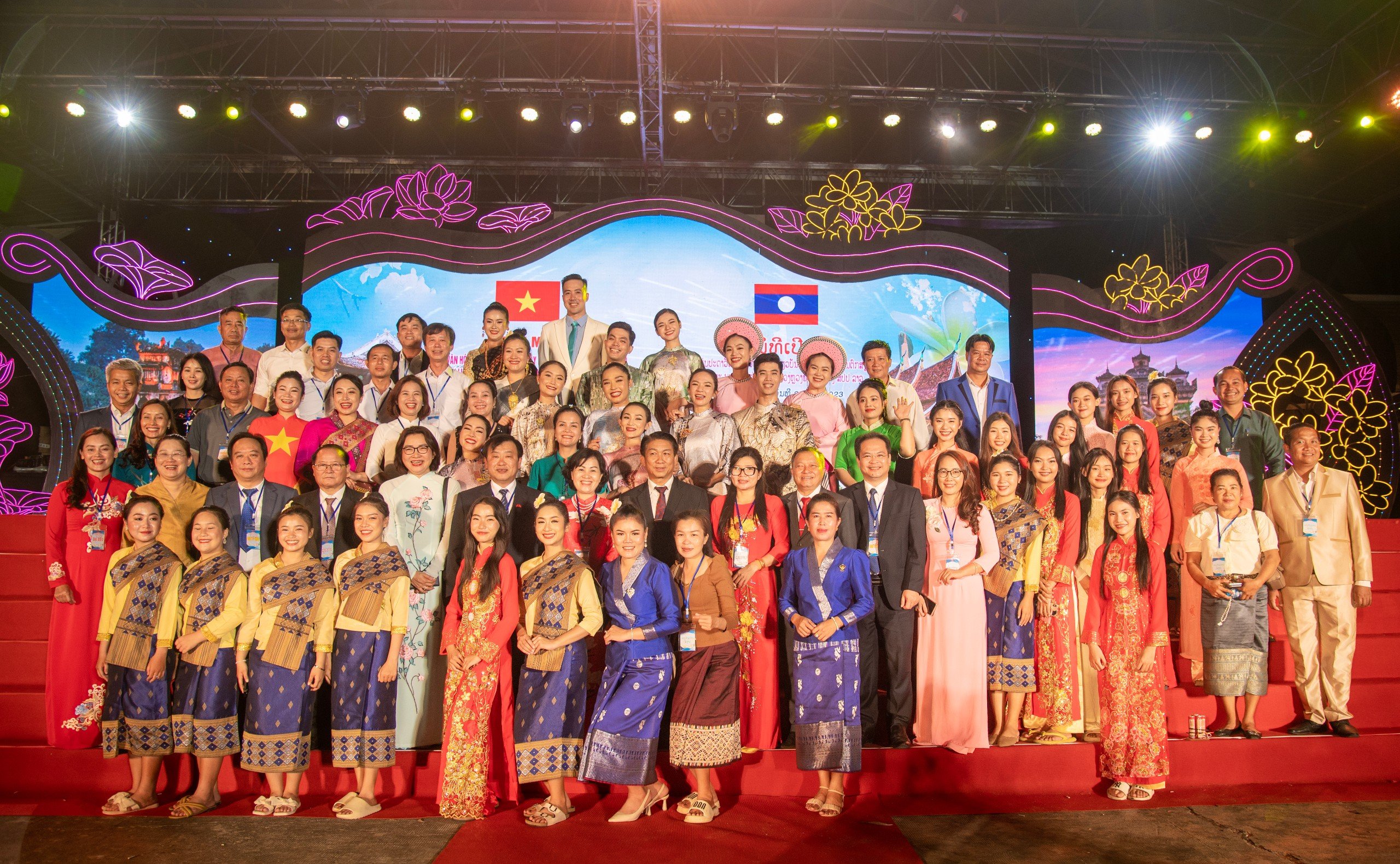
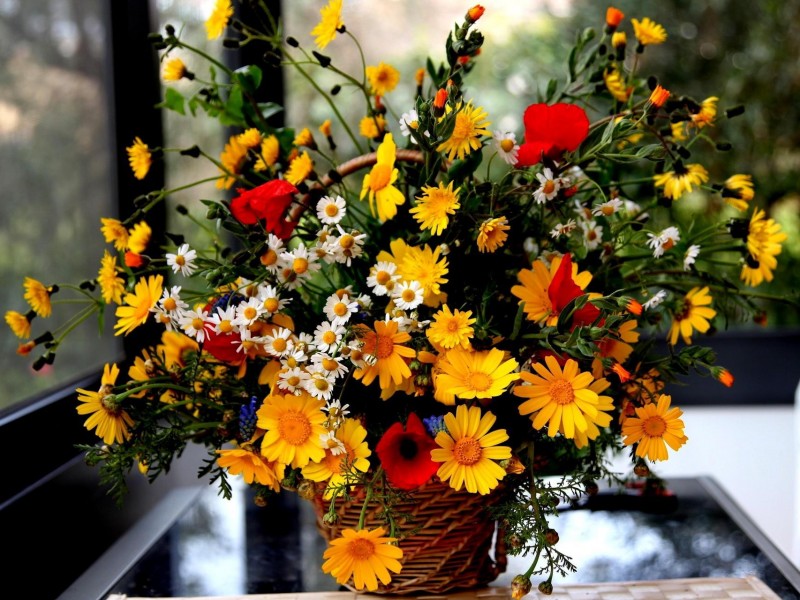
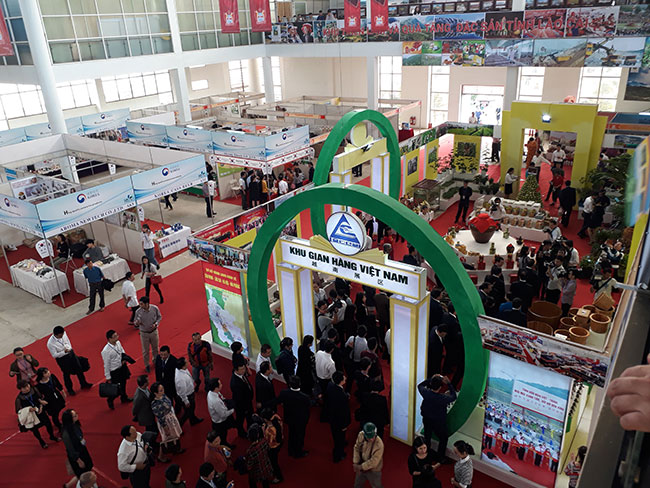
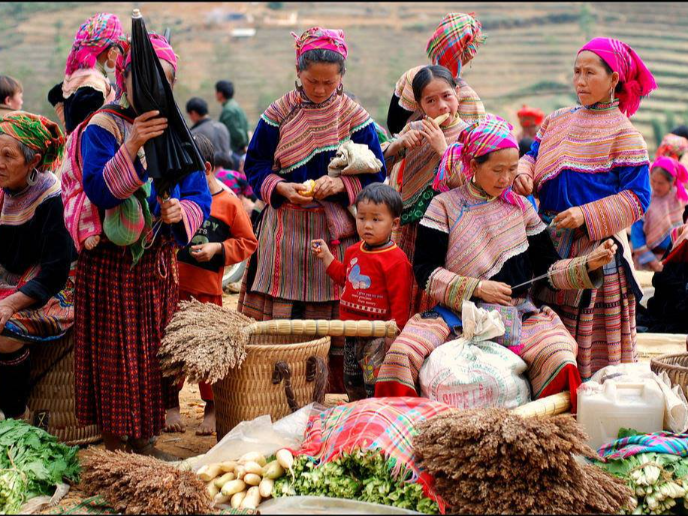
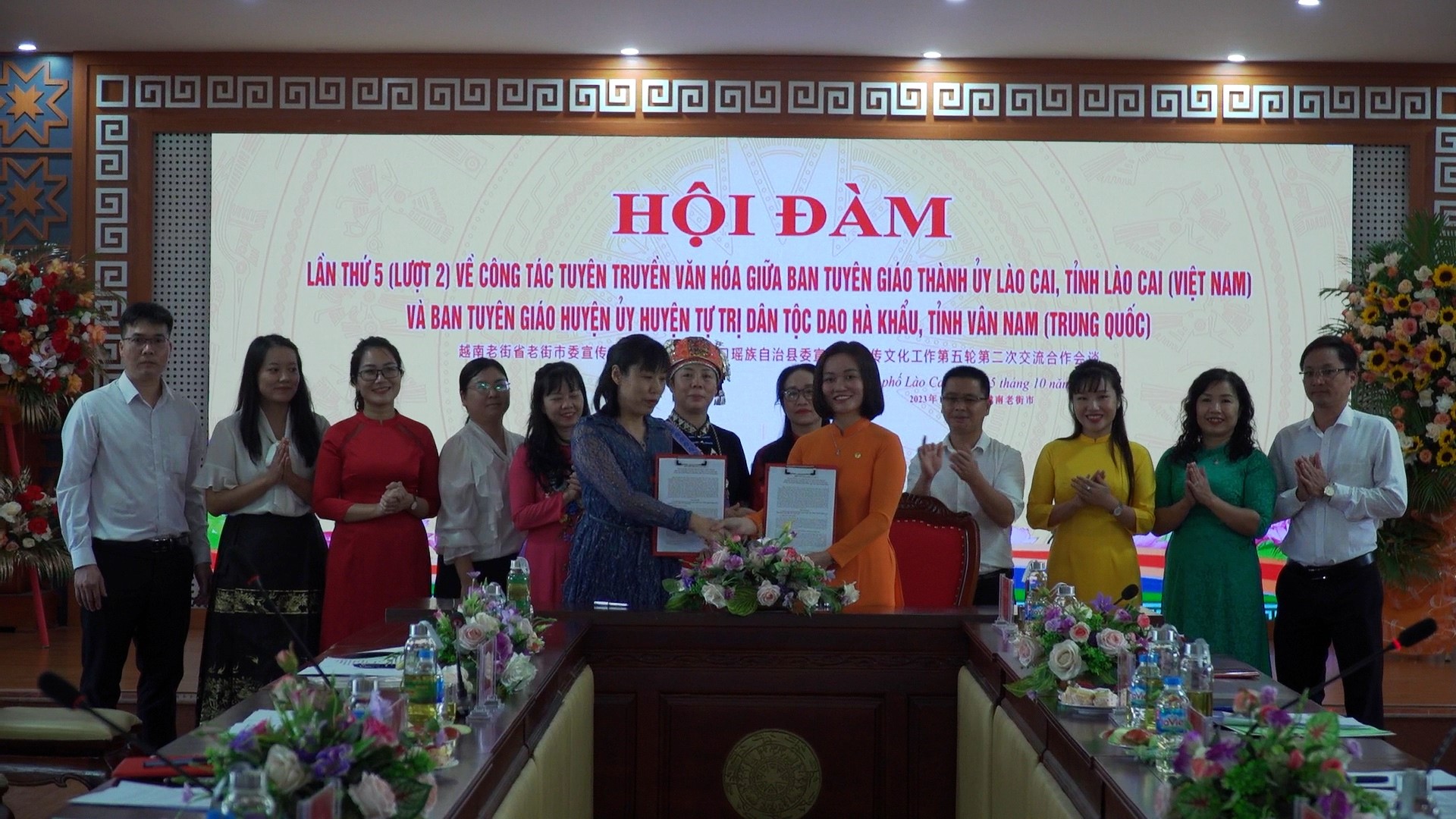
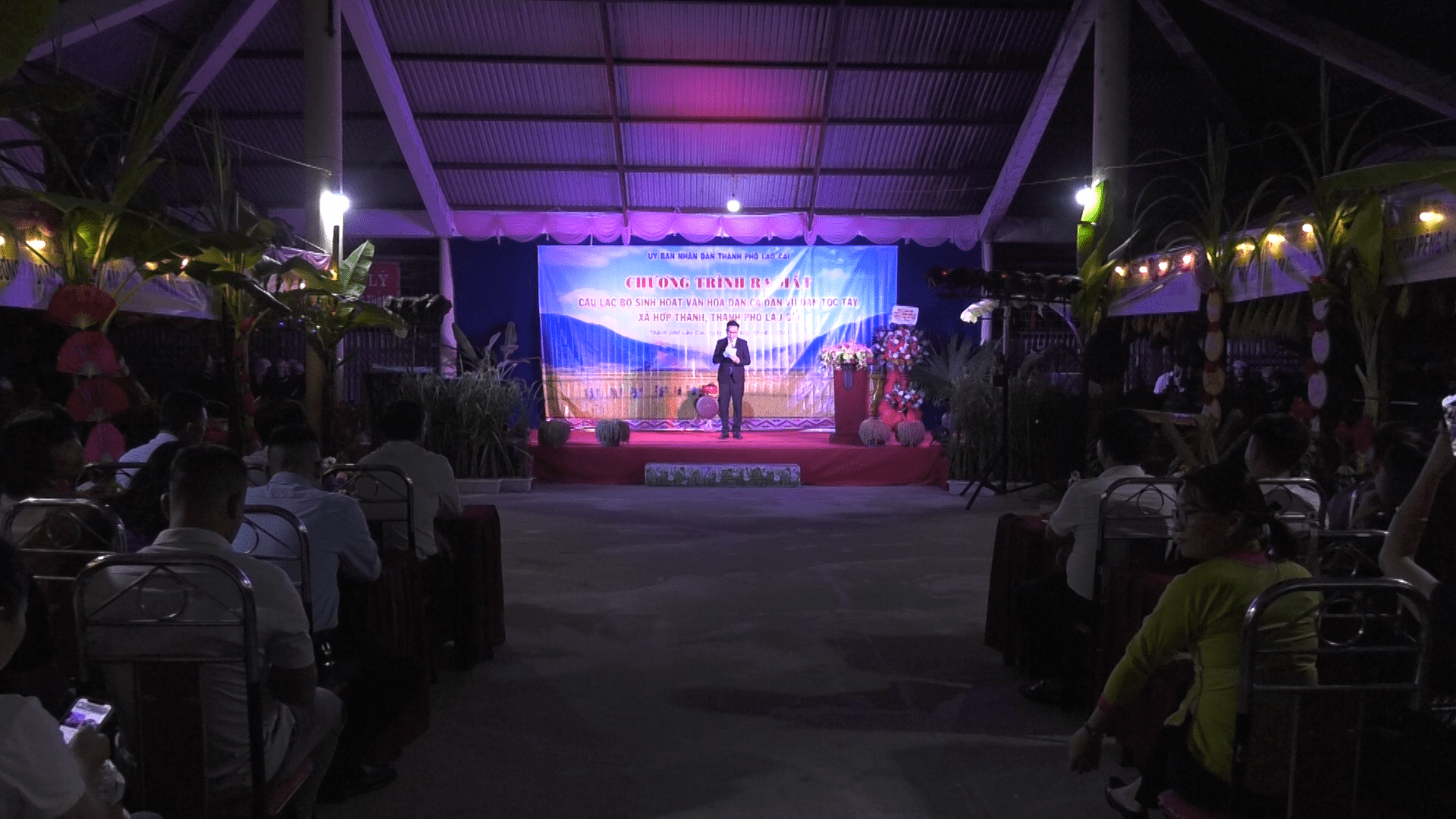
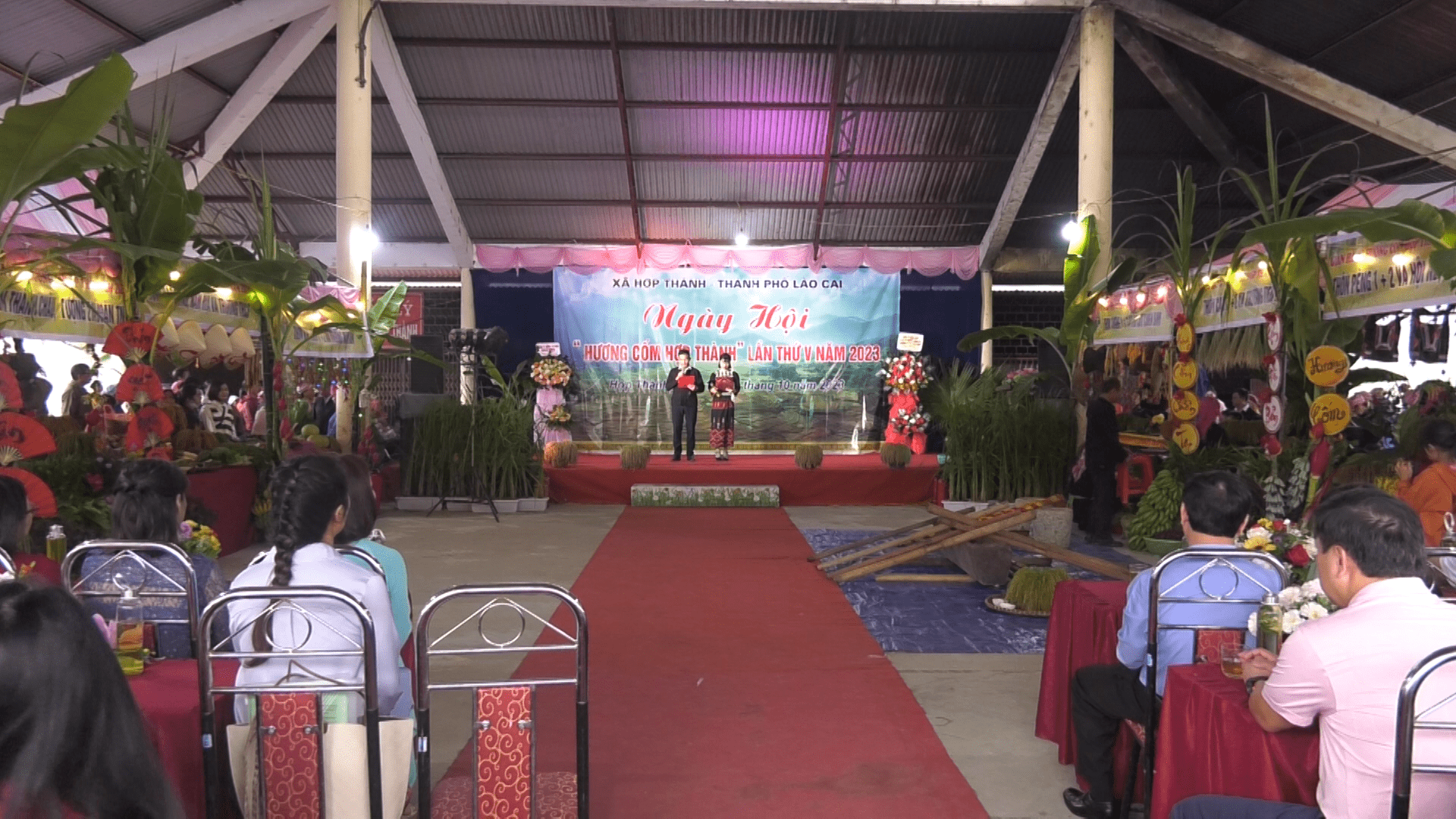

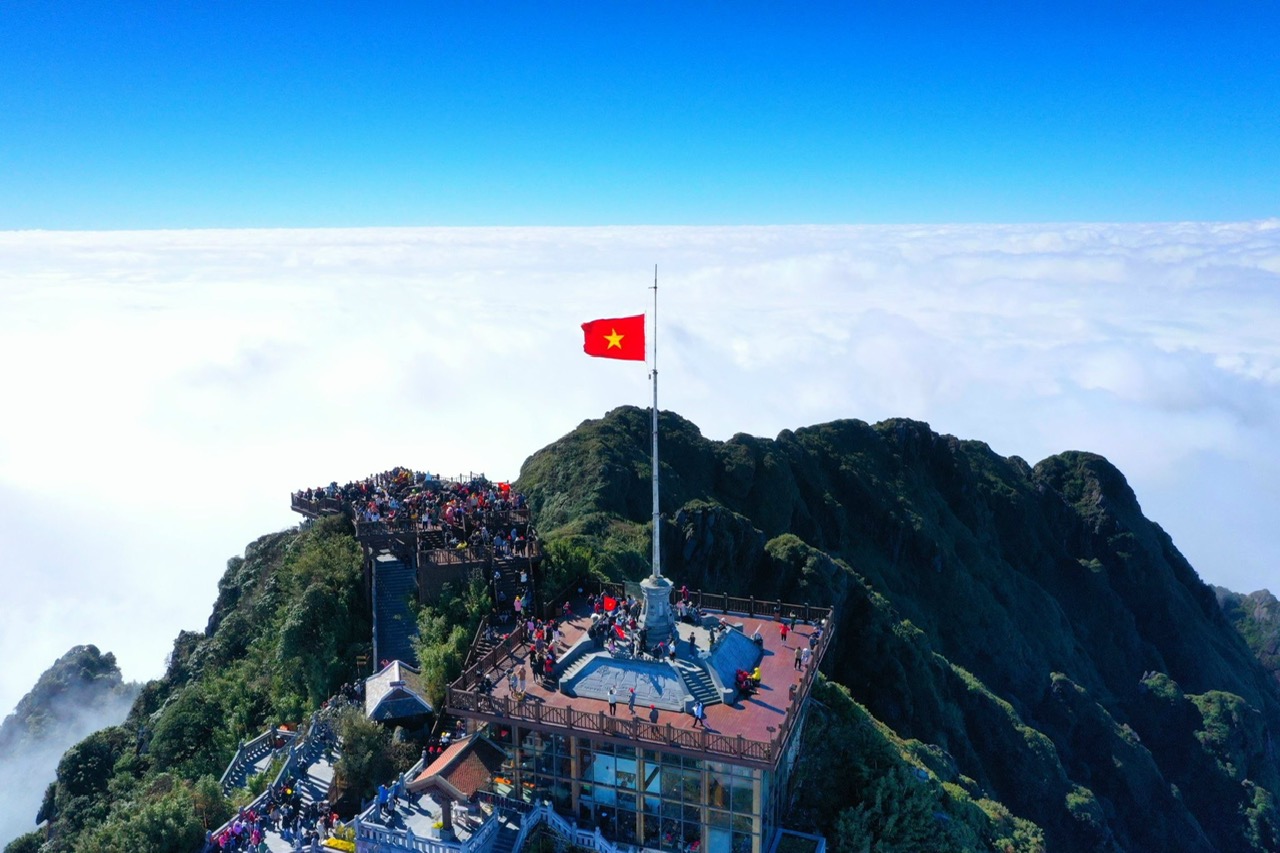
%20v%e1%bb%9bi%20Trung%20Qu%e1%bb%91c/dao-bac-ha_636931637798307905.jpg)
